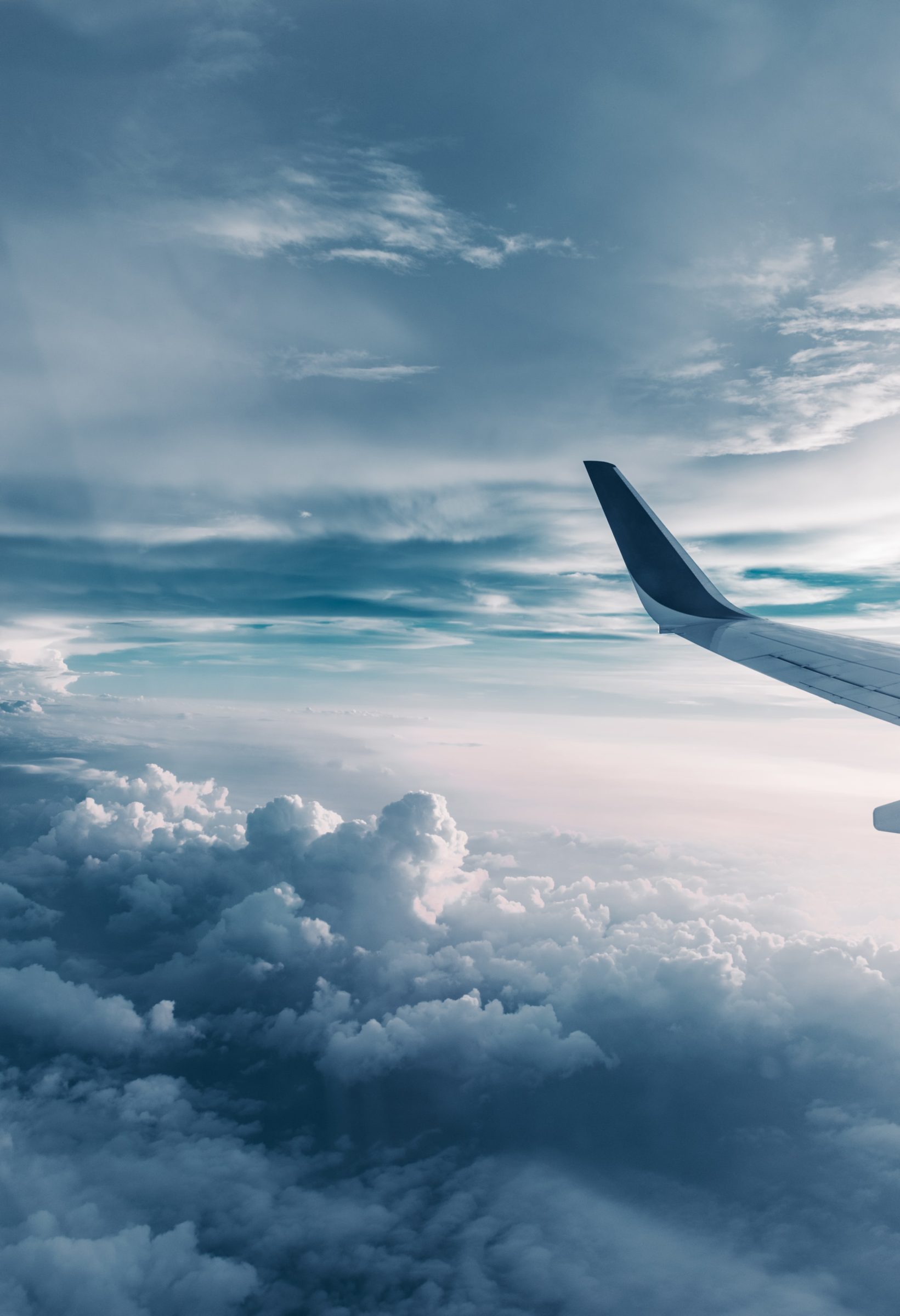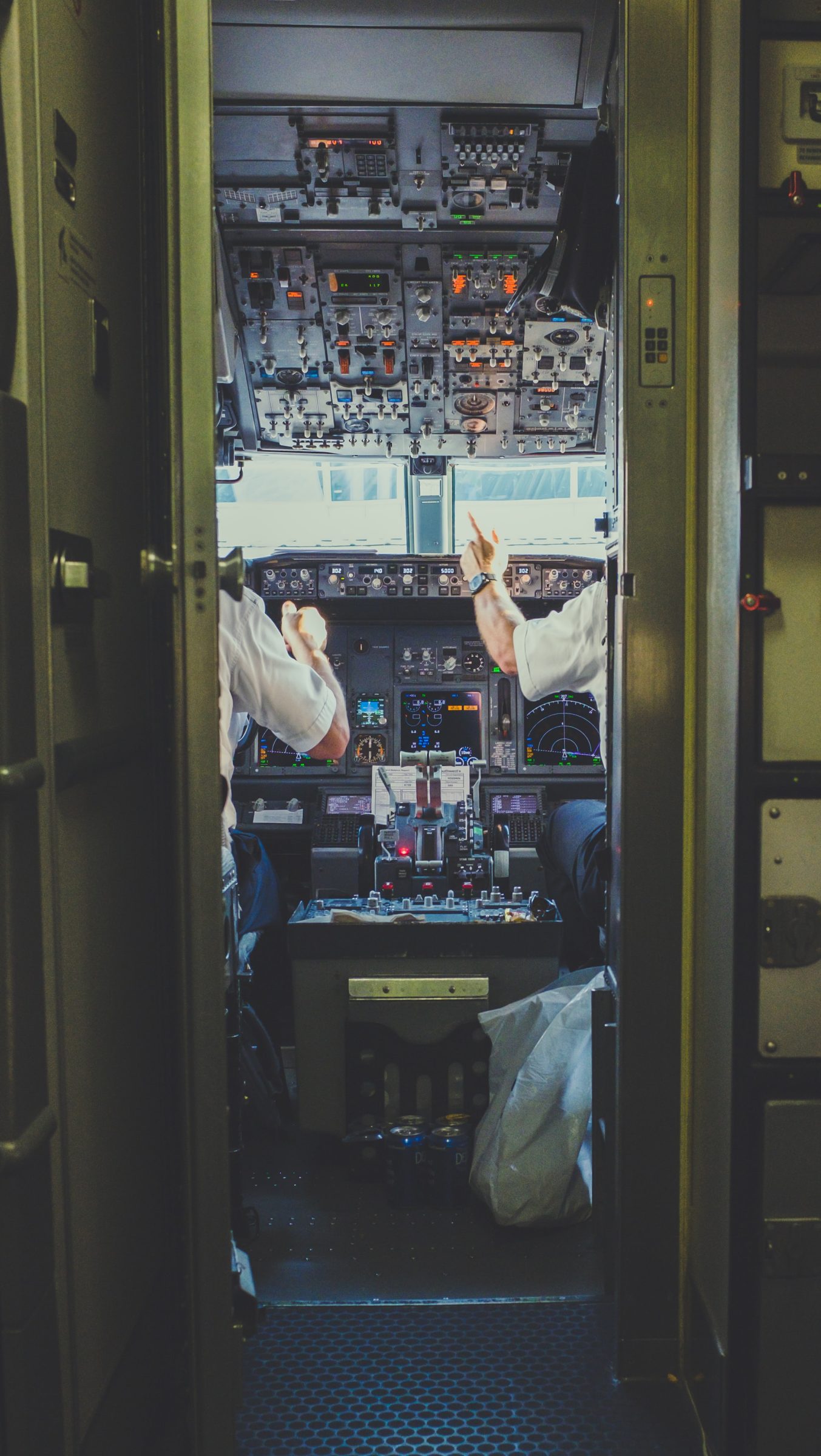NEWS RELEASE – January 18, 2021: ICAO reports that when seat capacity decreased by 50 percent last year, passenger numbers fell by more than 2020 percent in 60. With only 1,8 billion passengers compared to more than 4,5 billion in 2019, the airline industry will take a major economic hit in 2020.
About ICAO
ICAO, a specialized agency of the United Nations, was established by governments in 1944 to support their diplomacy in international air transport. Since then, countries through ICAO have adopted more than 12.000 standards and practices that help align their national regulations in aviation safety, security, efficiency, capacity and environmental protection, enabling a truly global network. ICAO forums also provide opportunities to share advice and advocacy with government decision-makers from industry groups, civil society organizations and other officially recognized air transport stakeholders.
Passenger aviation drops by 2020% in 60
ICAO reports that when seating capacity decreased by 50 percent last year, passenger numbers fell by 60 percent, with only 1,8 billion passengers taking to the skies during the first year of the pandemic, compared to 4,5 billion. in 2019.
The figures also point to airline financial losses of $370 billion from the impact of COVID-19, with airports and air navigation service providers (ANSPs) losing $115 billion and $13 billion, respectively.
Also read: IATA Unveils Mobile Travel Pass With Vaccine Information | ePassport

The pandemic decline in air travel demand started in January 2020 but was limited to only a few countries. As the virus continued to spread worldwide, air transport activities virtually came to a standstill at the end of March.
lockdown measures, border closures and travel restrictions
With the widespread lockdown measures, border closures and travel restrictions enacted around the world, the total number of passengers in April was down 92 percent from 2019, an average of the 98 percent drop-off in international traffic and 87 percent drop. in domestic air travel.
After bottoming out in April, passenger traffic recovered moderately during the summer travel period.
However, that upward trend was short-lived. It stagnated and then deteriorated in September, when the second wave of contamination prompted the reintroduction of restrictive measures in many regions.
The sector recovery turned more fragile and volatile in the final four months of 2020, pointing to an overall double dip for the year.
Difference domestic and international flights
ICAO also reported that there is a clear difference between the impact of domestic and international air travel due to the stricter international measures in place.
ICAO reports that domestic travel showed greater resilience and dominated recovery scenarios, especially in China and the Russia, where domestic passenger numbers have already returned to pre-pandemic levels.
In total, there was a 50 percent drop in domestic passenger traffic worldwide, while international traffic fell by 74 percent, or 1,4 billion passengers.
From the end of May 2020, the ICAO Asia / Pacific en North American regions have seen the global passenger recovery, largely due to their important home markets. Europe experienced a temporary recovery, but showed a dramatic downward trend from September. Into the traffic Latin America and the the Caribbean showed improvements in the fourth quarter, while the recovery in Africa and the Middle East was less vigorous.
Financial distress and bleak outlook
Crippled revenue streams from the air traffic nosedive have led to serious liquidity problems in the aviation value chain, threatening the financial viability of the industry and jeopardizing millions of jobs around the world.
Also read: The travel industry in 2021 | A year full of challenges (and opportunities)
The cascading effects have also been severe in the tourism markets worldwide, as more than 50 percent of international tourists used to use air travel to reach their destinations.
Also read: The impact of the coronavirus on the safari industry
The global drop of $370 billion in airline passenger revenue represented a loss of 120 billion in Asia/Pacific, 100 billion in Europe and 88 billion in North America, followed by 26 billion, 22 billion and 14 billion in Latin America and the United States. Caribbean, Middle East and Africa, respectively.

ICAO indicated that the near-term outlook is based on a prolonged depressed demand, with downside risks to the recovery in global air travel predominating in the first quarter of 2021, and likely to be subject to further deterioration.
It expects some improvement in the global picture only in the second quarter of 2021, although this will still depend on the effectiveness of pandemic management and the roll-out of vaccinations.
In the most optimistic scenario, passenger numbers are expected to recover to 2021 percent of 71 levels by June 2019 (53 percent for international and 84 percent for domestic). A more pessimistic scenario foresees only a 49 percent recovery (26 percent for international and 66 percent for domestic).
Also read: Holiday giant TUI receives financial emergency package of € 1,8 billion
ICAO continues to provide recommendations and support to the aviation sector to weather the crisis. The new Guidance on Economic and Financial Measures summarizes a range of measures for state and industry scrutiny to alleviate looming liquidity and financial pressures and strengthen the sector's resilience to future crises.
Passenger traffic and revenue for 2020, by region

Source: icao.int




